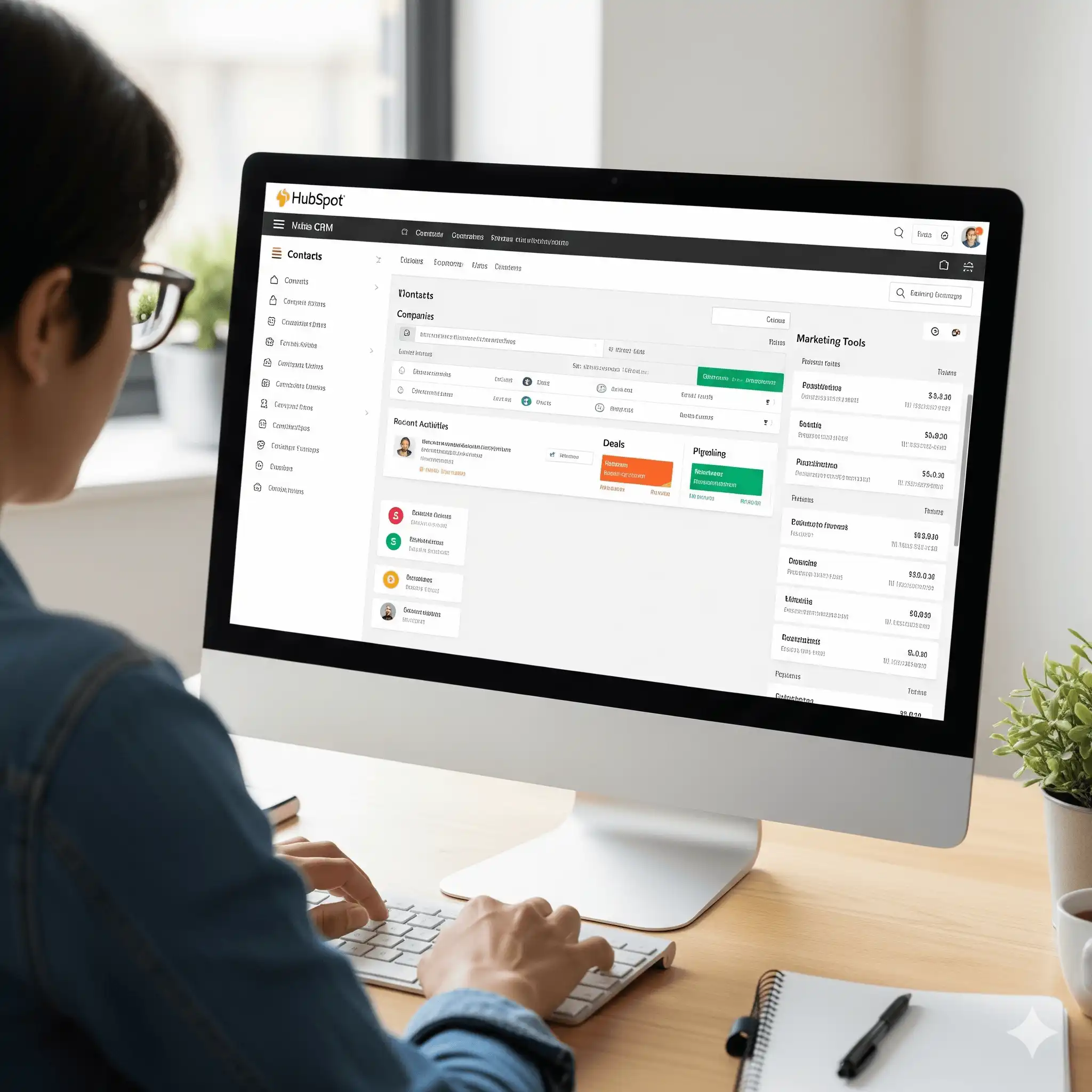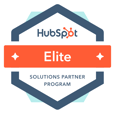
Defining HubSpot Pipeline Stages, Enforcement Rules, and Automation
A well-defined sales pipeline is the backbone of predictable revenue growth.
Without it, deals get lost, forecasting becomes guesswork, and sales teams operate in silos. A disciplined pipeline gives clarity on where every opportunity stands, ensures predictability in revenue projections, and increases efficiency by eliminating wasted effort. When built correctly in HubSpot sales pipeline, it becomes more than just a tracking tool—it evolves into a revenue engine.
The ROI Methodology: Qualifying Deals with Precision
Not all deals are equal. To maximize time and resources, sales teams need a framework to evaluate opportunities consistently. The ROI methodology provides that framework by asking three key questions:
-
Required – Is this deal necessary for the client’s business goals?
-
Example: If the client’s strategic objective is to reduce churn, does your solution directly address that?
-
Deals without a clear “required” link risk low adoption or stalled decisions.
-
Objective – Are we speaking with decision-makers, and is budget approved?
-
Ensure conversations involve the people with authority to sign.
-
Validate whether funding has been secured or allocated.
-
Inspectable – Is there a defined deadline and a clear process?
-
Inspectable deals have a target date, a structured decision process, and mutual accountability.
-
Example: “We need to finalize by Q3 to launch with the new fiscal year.”
When applied consistently, this methodology prevents weak deals from clogging your pipeline, allowing sales reps to focus where they’ll make the biggest impact.
Defining Pipeline Stages and Enforcement Rules in HubSpot
Custom deal stages are the foundation of effective pipeline management in HubSpot. However, simply creating stages isn’t enough—each stage must have enforcement rules (entry criteria) that a deal must meet to advance. This discipline prevents “happy ears” from inflating forecasts and ensures data integrity.
Here’s a step-by-step structure you can adopt:
Stage 1: To Be Qualified
-
Entry Rule: A new lead has been created and assigned to a sales rep.
-
Purpose: Ensures every lead is tracked from the very beginning.
Stage 2: Discovery
-
Entry Rule: The first meeting is scheduled and ROI methodology questions have been answered.
-
Purpose: Captures the transition from unqualified lead to meaningful opportunity.
Stage 3: Proposal Sent
- Entry Rule: A formal proposal has been delivered to the prospect.
- Purpose: Marks when both parties are aligned on solution scope and pricing.
Stage 4: Negotiation
- Entry Rule: Client has provided feedback on the proposal (e.g., contract redlines, pricing questions).
- Purpose: Ensures only active negotiations move forward, not “ghosted” prospects.
Stage 5: Closed Won / Closed Lost
- Entry Rule: The contract is signed (Won) or the deal has been formally marked as lost (Lost).
- Purpose: Provides clean closure for forecasting and analysis.
By aligning these stages with custom deal stages in HubSpot, sales operations teams create consistency across the funnel. Every rep follows the same definitions, and managers gain accurate reporting.
Leveraging Automation for Efficiency in HubSpot
Even the best pipeline will break down without accountability. This is where sales automation HubSpot tools come into play. Automation ensures deals don’t stall, tasks aren’t forgotten, and managers are alerted when risk appears.
Practical Automation Examples
-
Follow-Up Task Creation
-
Rule: If a deal sits in “Proposal Sent” for more than 20 days without activity, automatically create a follow-up task for the deal owner.
-
Impact: Prevents deals from dying in silence and keeps momentum alive.
-
Manager Alerts for High-Value Deals
-
Rule: If a deal above $100,000 moves back a stage, send an automatic notification to the sales manager.
-
Impact: Enables quick intervention before critical opportunities are lost.
-
Email Reminders for Stalled Deals
-
Rule: If no communication is logged for 14 days, trigger an automated reminder for the rep.
-
Impact: Maintains healthy deal velocity and protects against neglect.
By using HubSpot workflows, sales leaders create a safety net that enforces consistency while freeing reps to focus on conversations, not admin tasks.
Building a structured HubSpot sales pipeline with clear stages, strict enforcement rules, and smart automation delivers measurable benefits:
-
Improved Data Hygiene: Every stage is defined, ensuring clean reports.
-
Better Forecasting: Managers can trust the pipeline as a reflection of reality.
-
Increased Sales Efficiency: Automation reduces manual tasks and ensures follow-up happens on time.
A disciplined pipeline isn’t just a sales tool—it’s a competitive advantage.
Marketing Director at Triario. Social communicator with emphasis on journalism, digital marketing, and advertising. A frustrated Egyptologist, journalist at heart but dedicated to marketing and sales. She writes, sells, budgets, markets—nothing is too big for her! Always a nerd.
Triario's Blog
Subscribe to our Blog and don’t miss anything!
¿Te gusta nuestro contenido?
Publicamos nuevo contenido cada semana. Suscríbete aquí y mantente al día con las noticias más relevantes del marketing digital.






